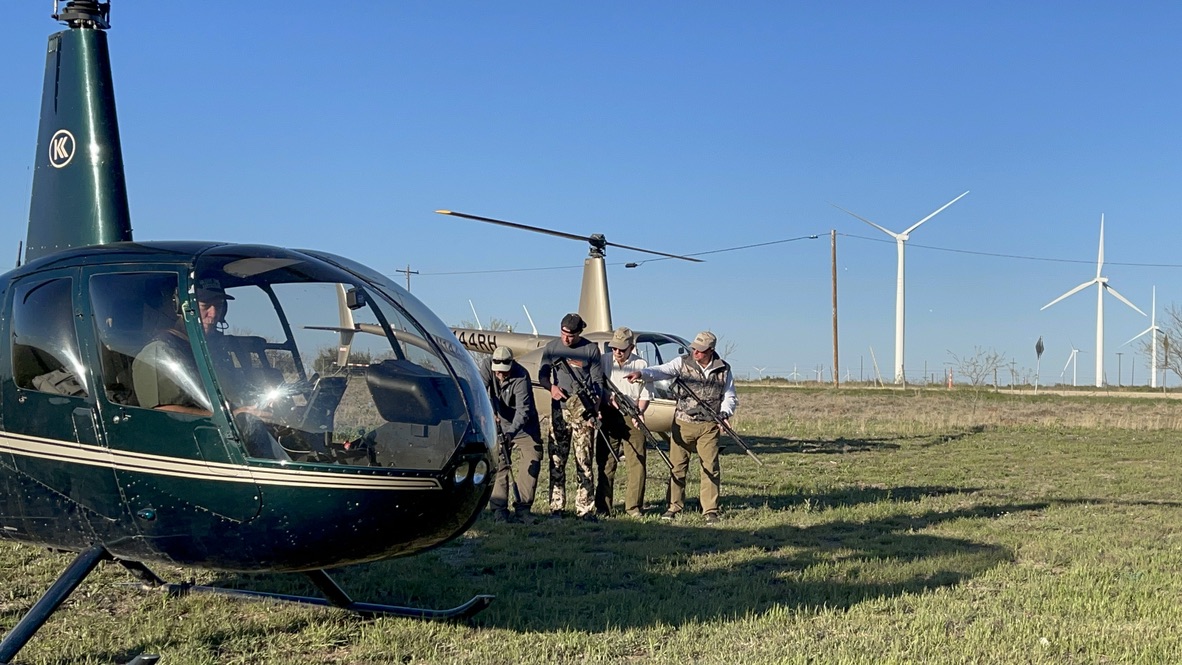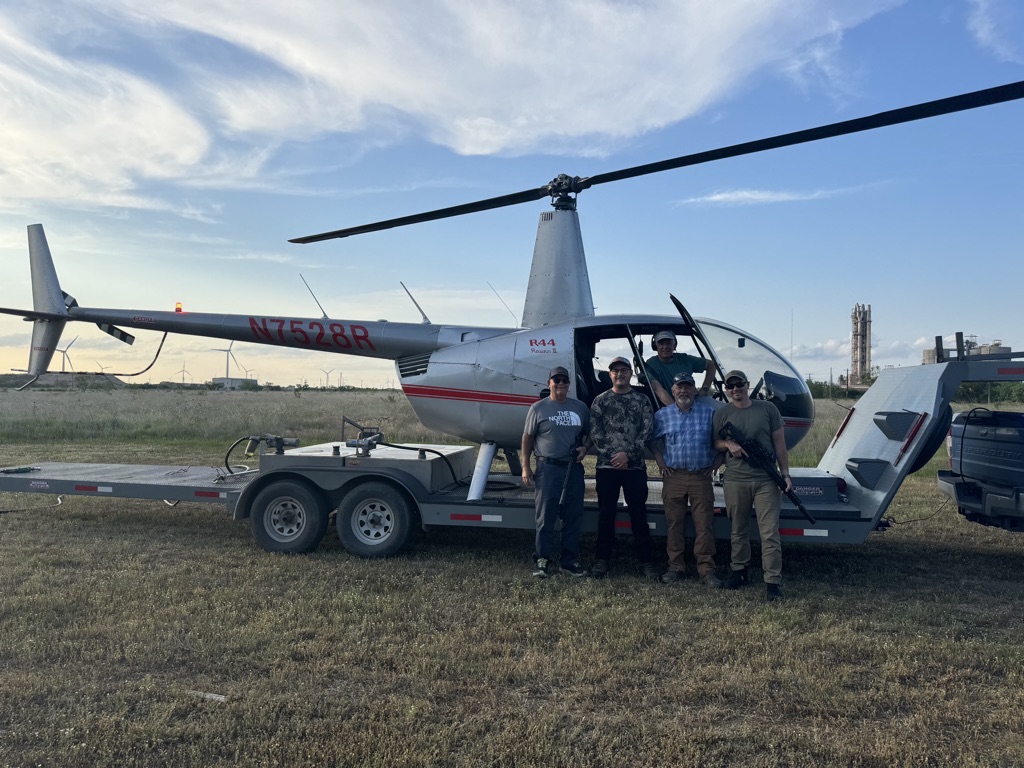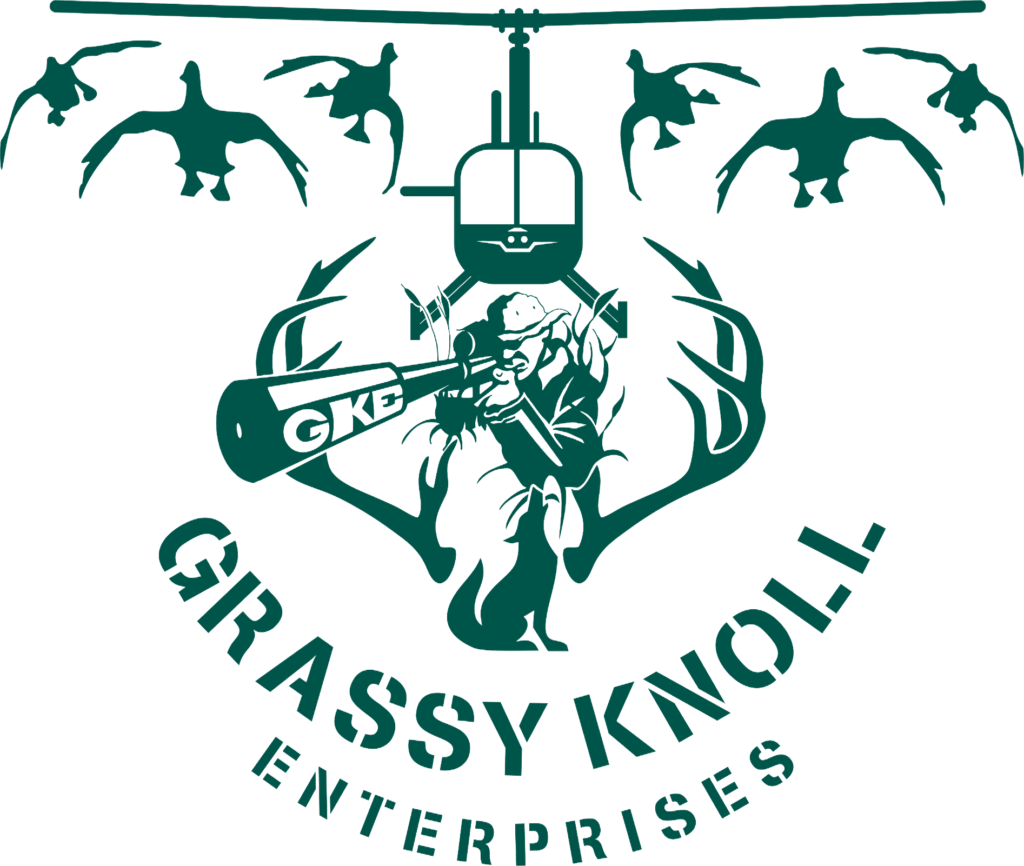
Texas Helicopter Pig Shooting Explained
Texas is home to a thriving population of feral hogs, leading many to consider helicopter pig shooting as a viable means of control. This blog post outlines the essentials of helicopter hog hunting in Texas, from obtaining the necessary permits to understanding operational rules and landowner obligations. Readers will gain a comprehensive understanding of best practices, ensuring compliance while promoting responsible hunting methods. By addressing these key points, this content aims to alleviate confusion and help hunters engage in aerial wildlife management effectively and responsibly.
Key Takeaways
- Texas Parks and Wildlife Department regulates aerial management of feral hogs to protect ecosystems
- Hunters must obtain appropriate permits and comply with regulations for aerial hog hunting
- Aerial hunting prioritizes population control and ecological balance over recreational activities
- Compliance with FAA regulations is essential for safe helicopter operations during feral hog management
- Hunters should maintain ethical practices during hunts
Understanding Helicopter Hog Hunting in Texas

The Texas Parks and Wildlife Department holds the authority to regulate aerial management of feral hogs, which are classified as exotic nuisance species.
Texas Parks and Wildlife Department Authority Over Aerial Management
The Texas Parks and Wildlife Department (TPWD) plays a critical role in regulating aerial management of feral hogs, ensuring that boar hunting practices align with legal frameworks. These regulations distinguish helicopter pig shooting from traditional hunting methods, prioritizing the control of this invasive species which poses threats to the ecosystem. By implementing guidelines that manage feral hog populations effectively, TPWD works to strike a balance between wildlife management and the protection of endangered species in Texas.
Feral Hogs Classified as Exotic Nuisance Species
Feral hogs are classified as exotic nuisance species in Texas due to their significant impact on local ecosystems and agriculture. These animals compete with native wildlife, including deer, for resources and can cause extensive damage to crops and habitats. Hunters interested in controlling the feral hog population must obtain the appropriate huntinglicense, which ensures compliance with state regulations while allowing them to harvest the meat from these animals, contributing to overall wildlife management efforts in the region.
Differentiating Aerial Wildlife Management From General Hunting
Aerial wildlife management, specifically for feral hogs in Texas, involves distinct regulations that set it apart from general hunting practices. Unlike traditional hunting, which often focuses on recreational aspects, aerial management prioritizes ecological balance and the control of invasive species. This method allows hunters to target feral hog populations efficiently, addressing the urgent challenges these animals present to both local ecosystems and agriculture, allowing for a more organized approach to wildlife management in the state.
Operational Texas Helicopter Pig Shooting Rules

Mandatory pre-flight safety procedures and briefings are essential to ensure safe operations during helicopter hog hunting. You will go through our aerial safety course initially and when the pilots arrive they’ll go over the safety course again as well as some standard helicopter safety guidelines during your helicopter hog hunting experience.
Firearms and Ammunition for Aerial Use
When engaging in helicopter pig shooting in Texas, it is imperative to use firearms and ammunition that meet regulations and have been tested. The Texas Parks and Wildlife Department specifies that only certain firearms, such as a .223 or higher are used for helicoper pig shooting. This ensures safe and effective management of feral hog populations while safeguarding the environment and local wildlife.
Designated Shooting Zones and Prohibited Areas
Understanding designated shooting zones and prohibited areas is essential for successful helicopter pig shooting operations in Texas. Certain regions are established as shooting zones where hunters can effectively manage feral hog populations, while others are off-limits to protect sensitive habitats and private properties. By adhering to these regulations, hunters not only enhance their operational efficiency but also demonstrate a commitment to sustainable wildlife management practices that benefit the ecosystem and local communities.
Weather Constraints Affecting Flight Safety
Weather conditions play a significant role in ensuring flight safety during helicopter pig shooting in Texas. Adverse weather, such as strong winds, heavy rain, or reduced visibility, can compromise both the safety of the aircraft and the hunters involved. Helicopter operators must continuously assess these factors to determine if conditions are suitable for safe operations, ensuring compliance with aviation guidelines while effectively managing feral hog populations.
Pilot Qualifications and Aircraft Standards

Compliance with pilot qualifications and aircraft standards is vital for successful helicopter pig shooting operations in Texas. Required pilot licensing and flight experience ensure safety, while regular aircraft maintenance and airworthiness verification confirm operational integrity. Proper identification markings and effective communication between pilots and shooters facilitate coordinated efforts. Additionally, adequate insurance coverage for aerial hunting activities provides necessary protection against potential liabilities.
Required Pilot Licensing and Flight Experience
For aerial hog hunting in Texas, pilots must possess the appropriate licensing and demonstrable flight experience to ensure safety and compliance with regulations. Specifically, a valid commercial pilot’s license is required, along with training in the specific aircraft used for the operations. This experience is crucial, as it equips pilots with the necessary skills to manage the complexities of flight during hunting activities, addressing both safety needs and operational effectiveness:
Aircraft Maintenance and Airworthiness Verification
Airworthiness verification and consistent aircraft maintenance are critical components in ensuring safety during helicopter hog shooting operations in Texas. Operators must conduct regular inspections and adhere to all maintenance schedules to uphold the aircraft‘s reliability. This practice not only meets regulatory standards but also significantly reduces the risk of mechanical failures, ensuring that hunters can focus on effective wildlife management without compromising safety.
Proper Aircraft Identification Markings
Proper aircraft identification markings are essential for ensuring safety and compliance during helicopter hog shooting operations in Texas. Aircraft engaged in aerial wildlife management must display recognizable identification, including tail numbers and registration marks, to facilitate effective monitoring and regulation by authorities. This practice not only adheres to FAA guidelines but also enhances visibility, helping to prevent potential conflicts with other airspace users during hunting operations:
Effective Communication Between Pilot and Shooters
Effective communication between the pilot and shooters is vital for successful helicopter pig shooting operations in Texas. It ensures that coordinated efforts are executed smoothly, allowing hunters to maximize their impact while maintaining safety. Utilizing clear signals and established protocols allows both the pilot and shooters to react promptly to changing conditions during flight, which is crucial when managing feral hog populations.
Post-Hunt Procedures and Responsible Practices

Ensuring Humane Methods During Operations
Ensuring humane methods during helicopter hog hunting is imperative for both ethical considerations and effective wildlife management. Hunters must adhere to guidelines that prioritize swift and humane kills, minimizing the suffering of feral hogs. Utilizing appropriate calibers and training, along with maintaining a focus on precision, helps achieve this goal, fostering responsible hunting practices and preserving the integrity of wildlife management efforts:
- Prioritize swift, humane kills to minimize suffering.
- Use appropriate firearms and training to ensure precision.
- Adhere to ethical guidelines to uphold humane practices.
Preventing Harm to Non-Target Animals and Property
Preventing harm to non-target animals and property during helicopter hog hunting is essential for maintaining ecological balance and respecting landowner rights. Operators are encouraged to thoroughly assess the environment before flying, identifying areas where non-target species may be present. By implementing strict protocols and maintaining clear communication, hunters actively minimize risks, ensuring that the focus remains on managing feral hog populations responsibly while safeguarding other wildlife and surrounding properties.
Maintaining Ethical Standards Throughout the Activity
Maintaining ethical standards throughout helicopter hog hunting operations in Texas is paramount for ensuring responsible wildlife management. Hunters must prioritize humane practices, focusing on quick and precise kills to minimize suffering for the feral hogs. By committing to ethics in the field, operators not only uphold the integrity of their practices but also contribute positively to the overall perception of aerial management efforts, reinforcing the importance of sustainability in wildlife control.
Key Takeaways: Aerial Hog Hunting Regulations & Safety in Texas
Understanding the regulations surrounding Texas helicopter pig shooting is essential for ensuring responsible wildlife management and compliance with state laws. These regulations outline the necessary permits, the classification of feral hogs, and the safety protocols that must be followed, providing a framework for effective population control. Adhering to these guidelines not only protects native ecosystems but also promotes ethical hunting practices. By becoming informed about these regulations, hunters can contribute to sustainable efforts in managing the feral hog crisis while respecting landowner rights and community standards.

